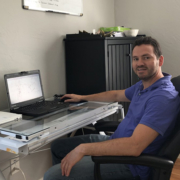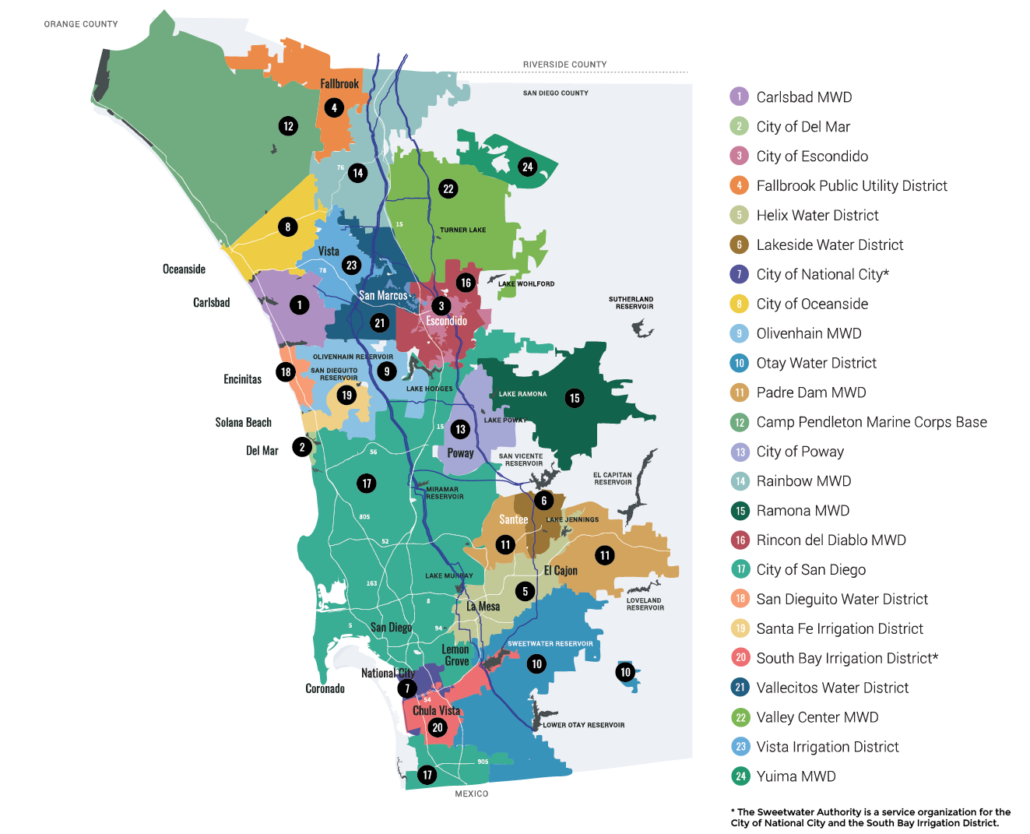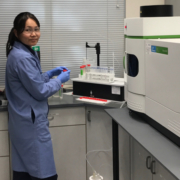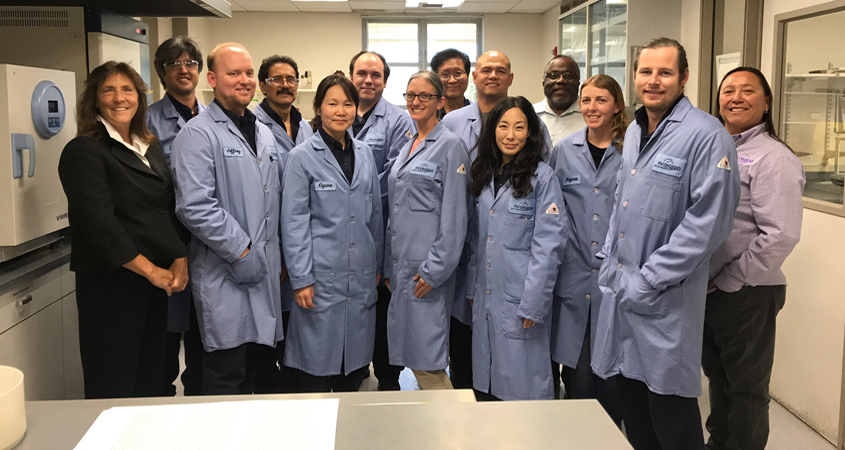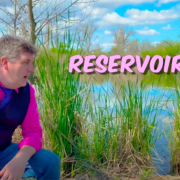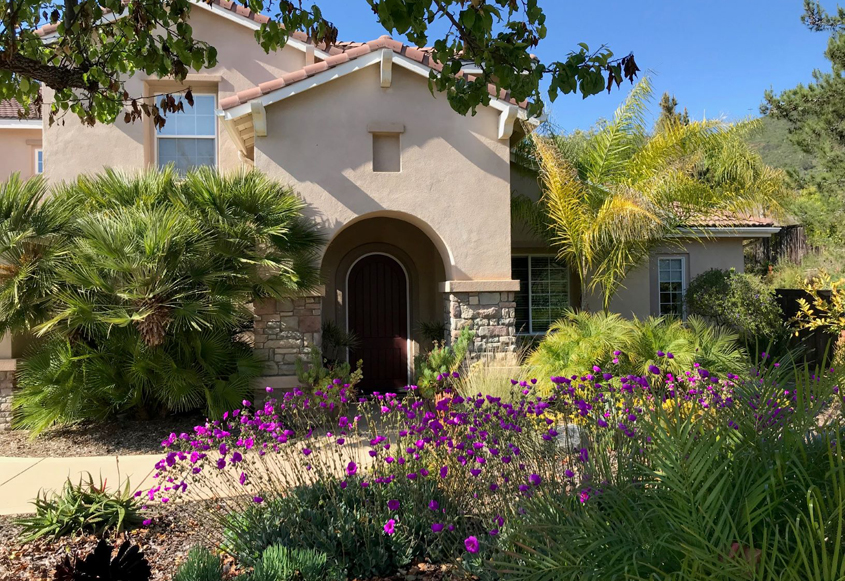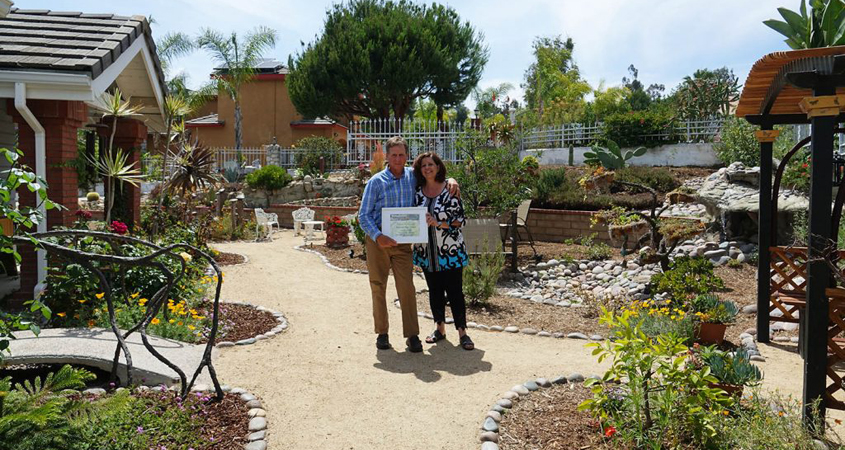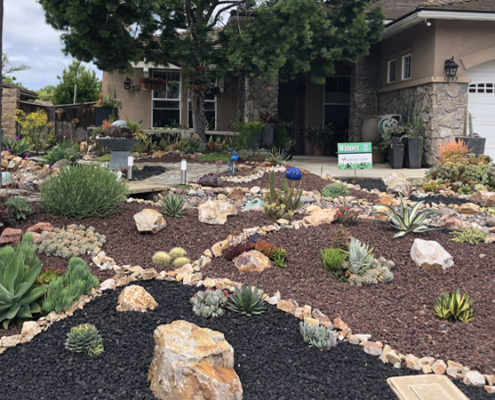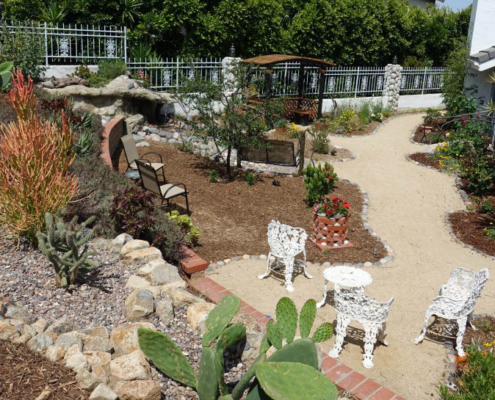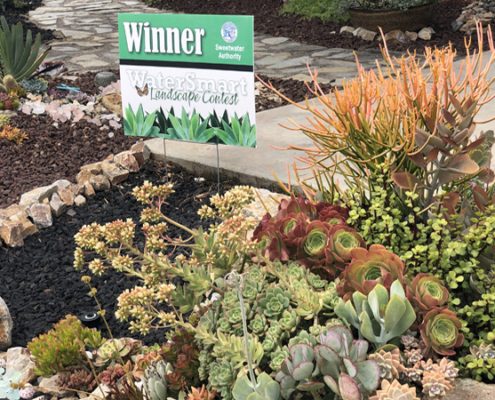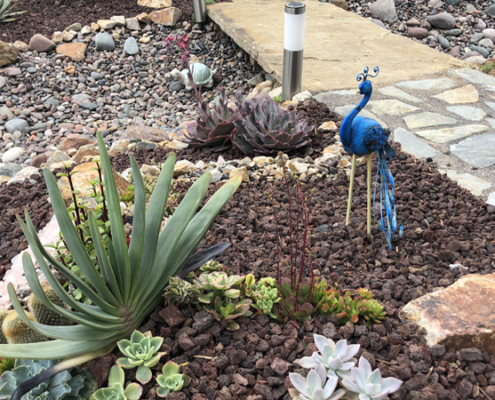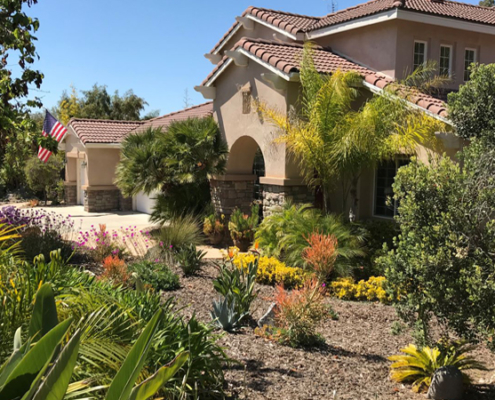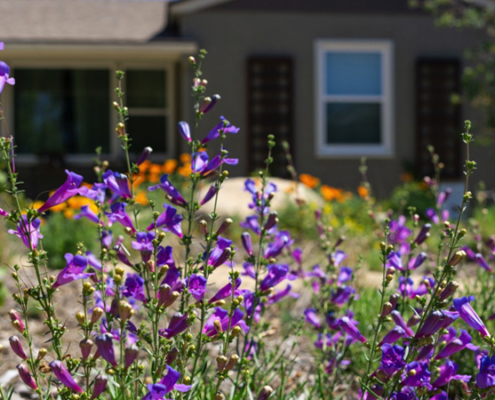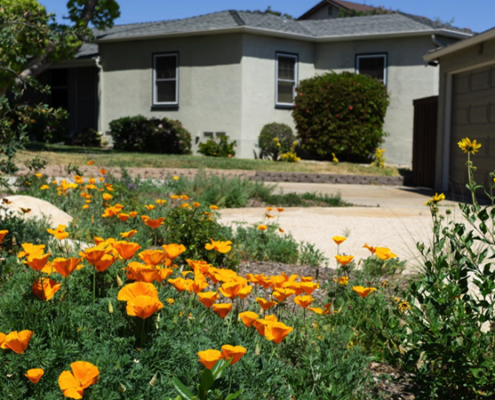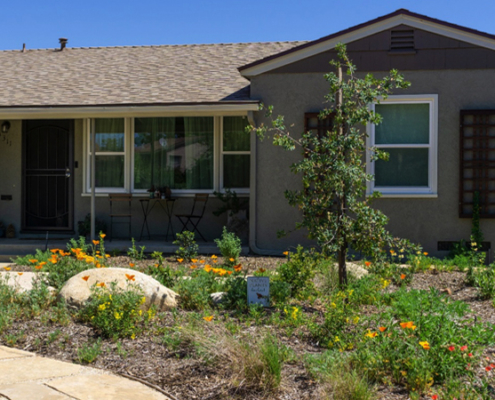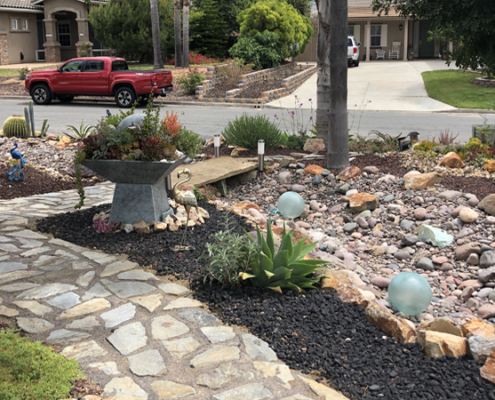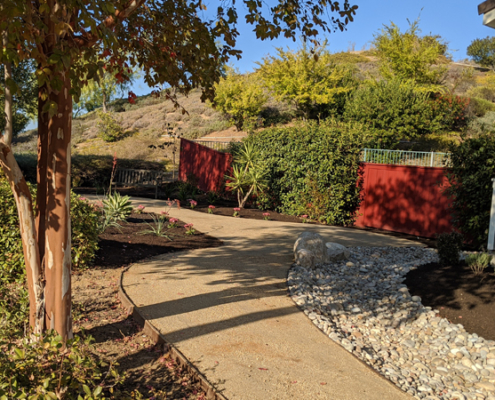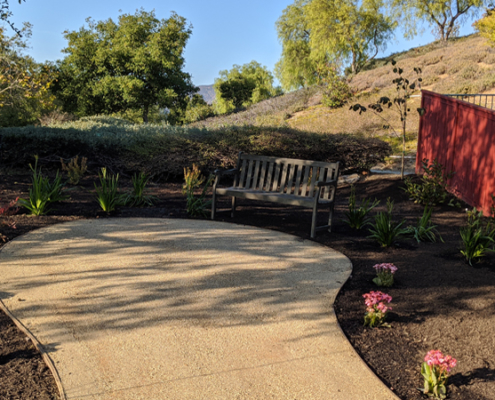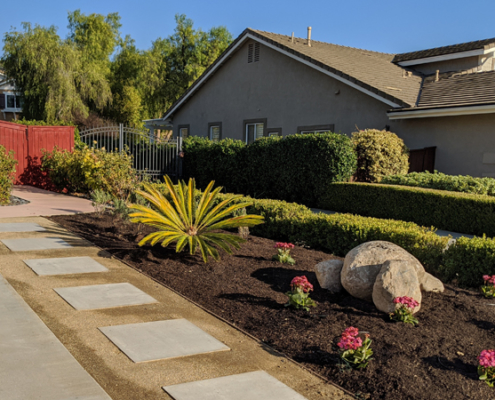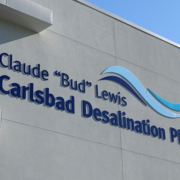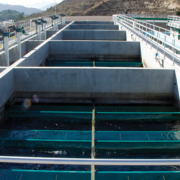Jim Madaffer: We’re Here For You
Today, I have a special project to share with you that we have been working on with our member agencies across San Diego County.
Since the pandemic started, the region’s water and wastewater agencies have collaborated closely to ensure that these vital services remain fully functional. After all, they are the foundation of both emergency response and recovery.
The utility heroes on the front lines are meter readers, plant operators, accountants, engineers and many others in every corner of our county who help to ensure the continued delivery of safe, clean drinking water for our homes and businesses. For the most part, these public servants work behind the scenes – but a short new video shows several of them at their posts, where they perform essential work from their homes and in the field.
Click here to watch this 60-second message from our colleagues that ends with one key phrase: We’re here for you. I hope it inspires you as much as it inspires me. And a special thank you to all our water professionals for continuing to do what you do day-in and day-out!
On a related note, as California starts to move toward re-opening its economy, the Water Authority is making responsible, careful and flexible plans to return to more “normal” operating conditions. However, we are in no rush; our teams quickly adapted to remote work and it is paramount that we avoid creating more complications by moving too quickly in these uncertain times. At least for May, our Board meeting will again be held remotely. You can watch it here on Thursday, May 28.
I also want to share my appreciation for efforts by state Senate President pro Tem Toni Atkins of San Diego to advance immediate action on economic recovery and creative solutions to jump-start California’s economy without exacerbating already challenging fiscal conditions. The Water Authority looks forward to partnering with the state to move forward on shovel-ready water and energy infrastructure projects that can help California’s economic recovery gain traction.


